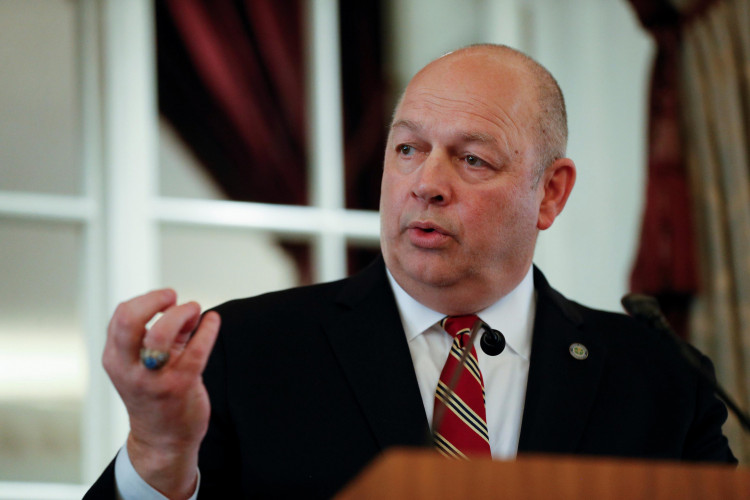Another glitch in the operating system of Boeing Company's grounded 737 MAX has been discovered by flight engineers, putting the airline company again in the spotlight of criticism and doubt.
Boeing, battered by two deadly crashes, said Thursday the software error could most likely be fixed without extending the target date for the company's resumption of flight.
During an airline industry conference in London, US Federal Aviation Administrator Steve Dickson mentioned the software flaw but said he didn't think it will cause "a significant delay" in Boeing's return to service by middle of this year.
Following two air disasters that claimed the lives of 346 people, authorities ordered the 737 MAX to be grounded in March. The airline has since been hounded by setbacks in its efforts to troubleshoot its avionics system that played a critical part in both crashes and win approval for the planes to fly again.
The problem was that an indicator light, designed to alert of a system error that helps adjusts the plane's nose angle, was activated when it was not supposed to, Boeing said. In a statement, Boeing officials said they are working on an update to guarantee the light "only illuminates as needed."
Just last month, Boeing and the Federal Aviation Administration said they were fixing a wiring issue that could potentially cause a short circuit on the grounded fleet of jets.
Dickson said that a certification flight for the grounded aircraft could be issued in the next few weeks -- a major regulatory action in giving the company the green light to start flying again.
While international aviation authorities, including the European Union Aviation Safety Agency, may have opposing views on the aircraft's operational return to service, he said they agreed on what must be done to fix the plane.
On Wall Street, Boeing shares increased by 3.6 percent late Thursday, with investors reassured by Dickson's and the plane-maker's comments despite the new software issue.
Boeing said its best estimate is that the plane will not return to service until the regulators decide mid-2020.
During the Max crisis, the FAA maintained a solid working relationship with the EU's aviation safety officials and other regulators, Dickson said.
The fiasco sparked concerns as to whether the regulation of the FAA was too lax when it accepted the software design of the aircraft, which was related to both crashes.
The US agency will consult with other aviation officials on how to handle future approvals under the so-called changed-product rule for upgrades to existing planes, Dickson added.






